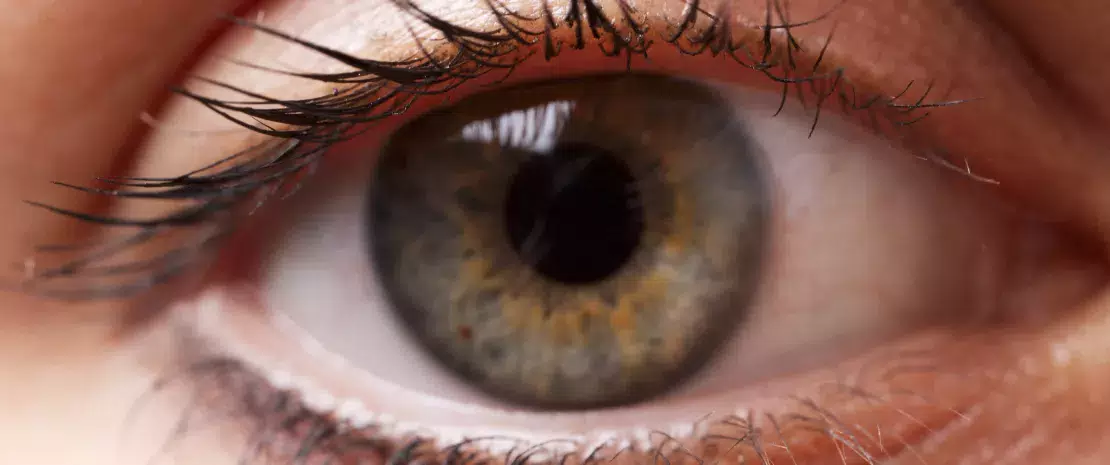Skin microbiota #10
By Pr. Markku Voutilainen
Turku University Faculty of Medicine; Turku University Hospital, Department of Gastroenterology, Turku, Finland
Sources
This article is based on scientific information
Sections

About this article
Author
The microbiota of the meibum
The meibum prevents the evaporation of the eye’s tear film, allows homeostasis of the ocular surface and has its own microbiota. Does this microbiota, and those of ocular surfaces, change with ageing? This study shows that eyelid-skin samples from young subjects had low α-diversity (Shannon index) and that Probionibacterium acnes and Staphylococcus epidermidis were the dominant species. Meibum and conjunctival-sac microbiota were different from that of the skin and characterized by a high α-diversity index consisting in a large number of bacterial species. In elderly subjects, Corynebacterium sp. and Neisseriaceae were the predominant taxa on eyelid skin and α-diversity Shannon index was significantly reduced at their meibum and conjunctival sac. Authors conclude that meibum’s microbiome is indeed altered with ageing, equally in men and in women.
Ageing and microbiome changes
We know that gut microbiome changes with age, as well as oral and skin ones. Which of them is best to predict ageing? The authors evaluated the microbiome diversity from almost 9 000 skin, saliva and intestinal samples from healthy people across 10 studies. Taxa enriched in young individuals (18 to 30 years) tended to be more abundant and prevalent than taxa enriched in elderly persons (> 60 years); and ageing may be linked to a loss of key taxa. Compared with gut and oral microbiome, the skin one was the best predictor of age (mean 3.8 yrs ± 0.45 SD). Authors identified genera and families including anaerobic bacteria (Mycoplasma, Enterobacteriaceae, Pasteurellaceae) that negatively correlated with age. Age-related changes in skin physiology (decreased sebum production, increased dryness) and host immune reactions may cause these microbiome changes.






